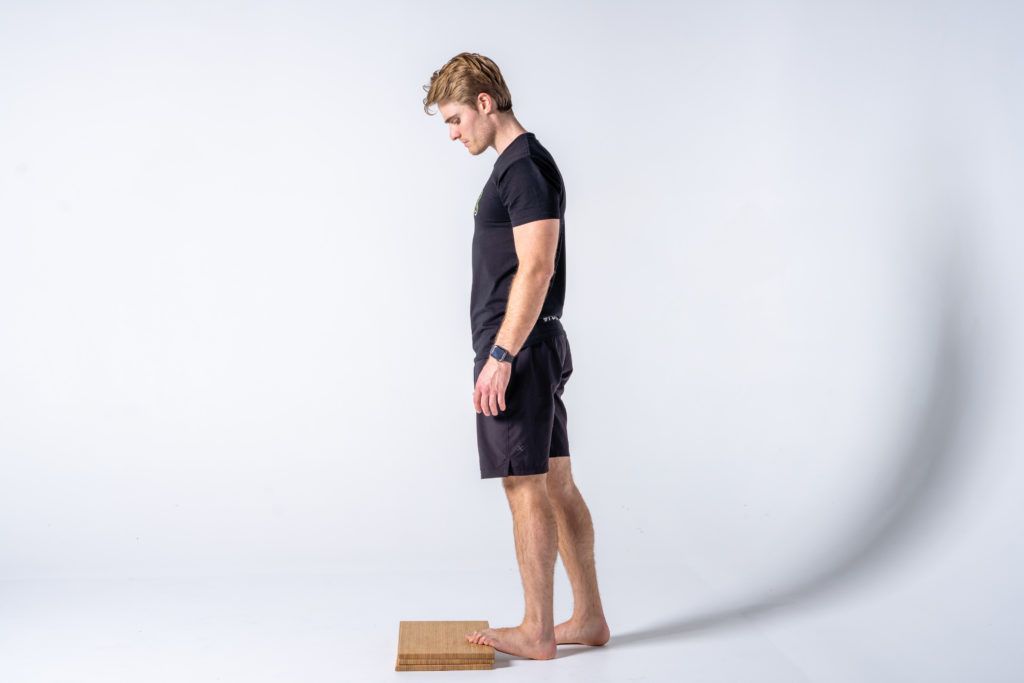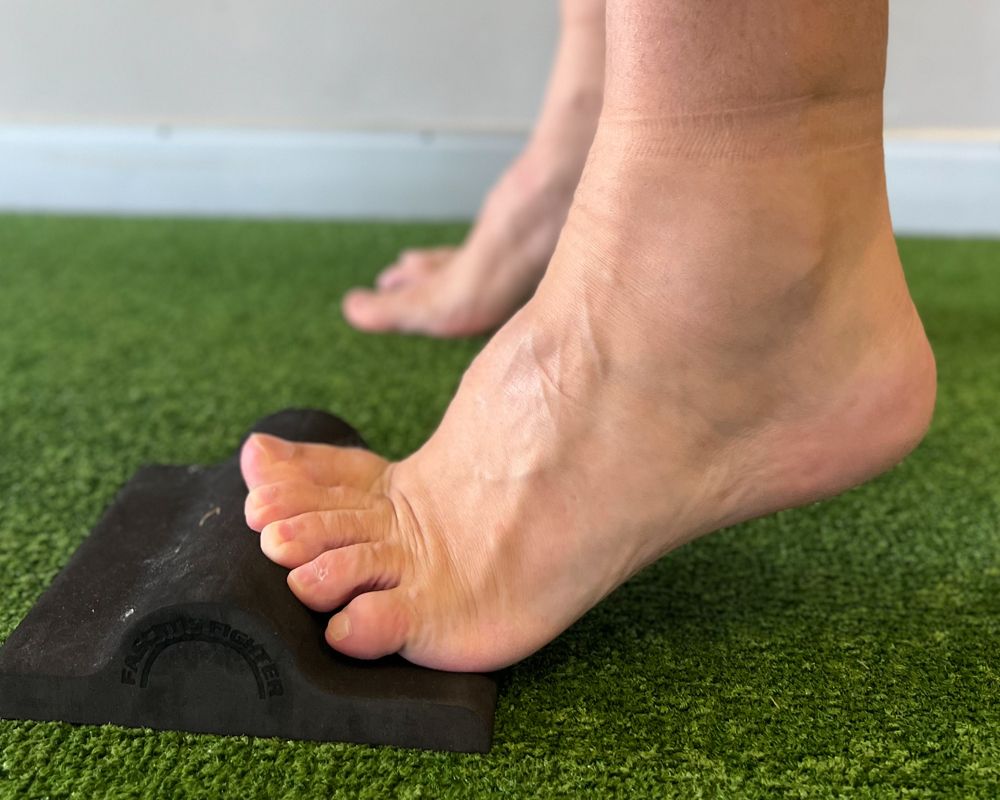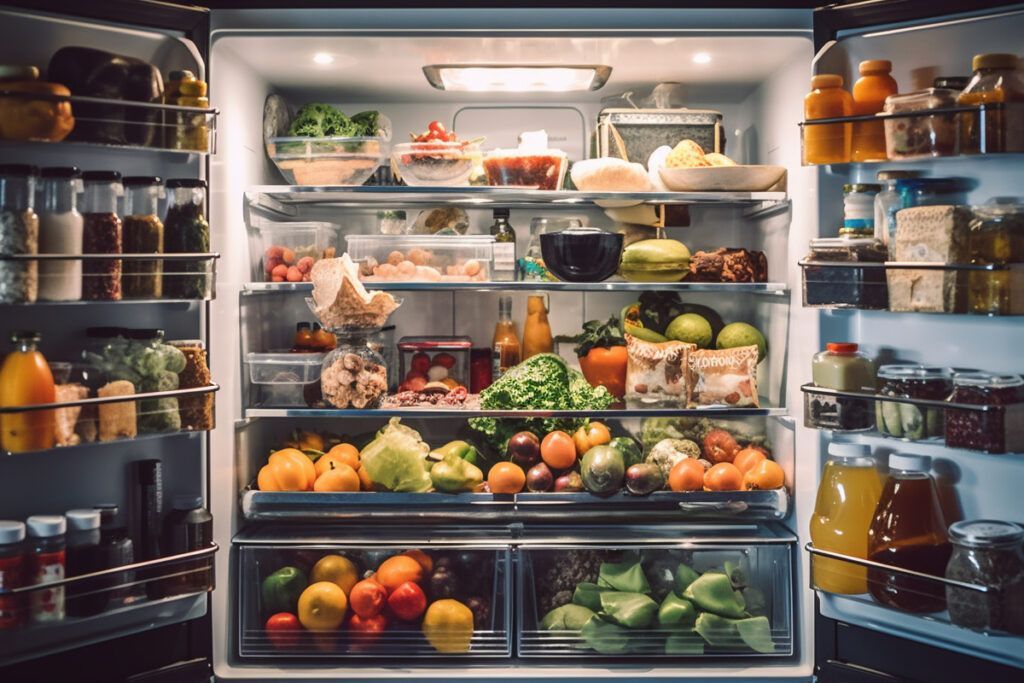How to Amplify Your Training in 2023
Hey, my name is Tristan Forbes. I’m a VPA Ambassador and have been a personal trainer for 13 years and owner of multiple studios for the past 8 years.
One being a community focused studio and bootcamp in Paddington called Witness The Fitness, a yoga studio called Breathing Space in Toowong and a boutique gym in the Calile Hotel on James St called Forme Fitness.
In this time I have learned that there are just 3 simple aspects to our health and fitness that we need to put our time and effort into; Movement, Recovery and Nutrition.
Digging a layer deeper, I’d say the most important aspect of each of these is consistency.
But before your eyes roll too far into the back of your head.
Consistency for me doesn’t actually mean ticking ALL the boxes ALL the time.
Firstly, there is no ‘pillar of health and fitness’ more important than another.
Fitness is not more important than nutrition, nor is it the other way around.
In my experience, they are all equal.
Let’s first discuss recovery.
Doing certain things and avoiding certain things to help our muscles, tendons, ligaments, bones, organs and brain recover from stress. That stress being time, work, our environment, training and anything else that may negatively or positively affect our mind and body in any way.
A negative stress could be staring at a screen for too long or too close to bedtime. The light from the screen stimulates our brain and makes it work over time, leaving us feeling tired but wired at the same time. Being tired is great for sleep, but being wired is the complete opposite state we want to be in for a good night’s sleep.
A positive stress could be doing a workout at the gym. Resistance training can breakdown muscle tissue that then needs to be repaired in order to become better. Without adequate rest, that muscle tissue would just continue to be broken down and become worse over time instead of stronger, denser or bigger.
Onto nutrition, something that is not covered in my list of qualifications so I’ll be speaking purely anecdotal and general.
Using food, drink and supplements to be the best version of ourselves as possible, as often as possible and live a long healthy life. The best version of ourselves could mean different things to different people. Let’s assume we want all of the above though! Feel, look and medically test great on the inside and outside.
The best nutrition advice I can give is to find an approach to nutrition that suits us best.
If we want to train well, fuel the body well. If we want our muscles to recover as best as possible, pay attention to protein. If we want to have energy and immunity, vegetables and fruits are our best friends.
Our best transformations have come from those who understand this and who have committed at least a little time to understanding calories in vs calories out.
They found if the calories were too high, they put on weight. If they found the calories were too low, they lost energy. Finding that slight deficit in calories, they were able to lose body fat and build muscle whilst maintaining their energy.
What most of them found as well, was the more restrictive the diet, the less time they were able to keep the body fat off. So really the only clients who have maintained their results are those who have put the time into finding the balance of calories, the balance of nutrients and the balance of restrictiveness.
Last but not least, and remember, these are all equally as important as each other, movement.
Something I learned from being a Lululemon Ambassador for 3 years (..and being flown to their headquarters in Vancouver to meet the CEO!) is categorizing movement into HIGH SWEAT and LOW SWEAT activities.
High Sweat: weights, running, calisthenics, boxing, gymnastics, ultimate frisbee, any movement of the body that induces sweating.
Low Sweat: yoga, walking, pilates, lawn bowls, any movement of the body that doesn’t induce lots of sweating.
Of course there are exceptions, you may do a ‘recovery weights sessions’ where you lift lighter weights, rest more and may not sweat at all. And have you ever done Lagree Pilates? I tried out 6 studios in 3 days during my visit to Vancouver and I have to say it was the Lagree Pilates that had me sweating and hurting the most!
Why is categorizing high sweat and low sweat so important?
In order to stay consistent with training and movement, we just need to keep moving. As soon as we stop moving, it’s harder to get going again and it hurts more when you finally do get going.
But what if all you do is intense progressive overload weights training 24/7 with no stretching, no light days and to squeeze in more training you’re even sacrificing sleep?
We’ll get an injury, we’ll get sick and burn out.
Having a balance of the two = consistent movement and progression.
…..
So, what are ways we can amplify our training in 2023?
1. Choose your ratio of high sweat and low sweat activities. Getting fit for summer? You may want to have a ratio of 2:1. That being for every 2 high sweat activities, you have at least 1 low sweat activity. Remember, without adequate recovery, our high sweat activities will just end up running us into the ground. i.e. injury, fatigue, getting sick or all of the above!
In order to be consistent with movement/training we actually have to consider adequate recovery and rest periods.
Feeling fatigue right now? May I suggest a 1:3 ratio. That being for every 1 high sweat activity, you have at least 3 low sweat activities. Often we think we need to train as much as possible to get back into shape.. But think about it, can you go straight to squatting 100 kgs or do you have to start at the level you’re at and slowly increase as you build the ability to do so?
1. Focus on performance. Imagine 3 different athletes of 3 different sports, they could be olympians, sports stars etc… Do they look physically fit? As not one of those athletes do the same sport, it can’t just be the ‘movement’ that led to their physiques. They all probably have different dietitians and preferences, so one would assume they are not all on the same diet.
Yes, what they do have in common is that they literally train for a living but these days most of us are lucky enough to train at least 3-4 times a week and in my experience, that’s all that is required. None of my clients transformations were also competing or aiming to compete in any form of sport.
Why does focusing on performance work so well?
Those motivated to achieve a personal best, adequately fuel their body. Adequately fueling the body will allow them to train well. Those who train well, get results.
If we know that tomorrow morning’s session is a crucial step towards a difficult to achieve personal best, we’d be more motivated to get a good nights sleep.
Training is often difficult, it’s hard to push ourselves. In the moment of discomfort, if we don’t have a solid reason to continue, we’re probably going to back off or opt out all together.
I see this work especially well for those who don’t specifically want to look like a fitness or instagram model. Yet it’s all around us 24/7, so it’s easy to think that that should be our goal and key motivator…
But if our goal is to lose body fat and build muscle to look sexy but we don’t have the vanity to match, we’re better off focusing on personal bests, having energy and mobility to keep up with the kids or doing our best to maintain our youth and get the most out of life.
Chase a certain 5km run time or a bench press PB or touching your toes.
These are real, tangible things that we can strive towards and create a proper program around.
There are a million ways to burn body fat… but there is only one way to improve your running so it drastically narrows down what you need to do and makes the decisions way easier to make.
3. Take your sleep seriously. Sleep is serious business because it is the only time we truly heal our body and brain.
Want to become stronger? Take sleep seriously so your muscle fibers can repair in time for your next weights session or you’ll be getting weaker by the day.
To get stronger, we need to consistently sleep well enough to repair the muscle.
Want everlasting energy? Take sleep seriously so your brain can store the day’s memories, clean the clutter of things to do and just take a break for a second! It’s no wonder alsimers and dementia are on the rise. Our poor, beautiful brains are working 24/7 and only WE can help them.
To have more energy, we need to consistently sleep well enough to recharge the brain.
What now?
1. Google or discuss the 80/20 nutrition rule with your dietitian or GP and consider applying it in January.
2. Plan 4 weeks of movement and categorize them into High Sweat and Low Sweat to nail that perfect ratio for you.
3. Google ‘top 10 ways to sleep better’ and choose 2-3 methods that you believe you can apply to your daily/nightly routine.
Transforming bodies and lifestyles for the past 13 years has taught me that by focusing on all aspects of health and fitness (Movement, Recovery and Nutrition) and digging a little deeper to find the best way to stay consistent, is all there is to it when it comes to being the best version of yourself.
Yours in health and fitness,
Tristan Forbes












